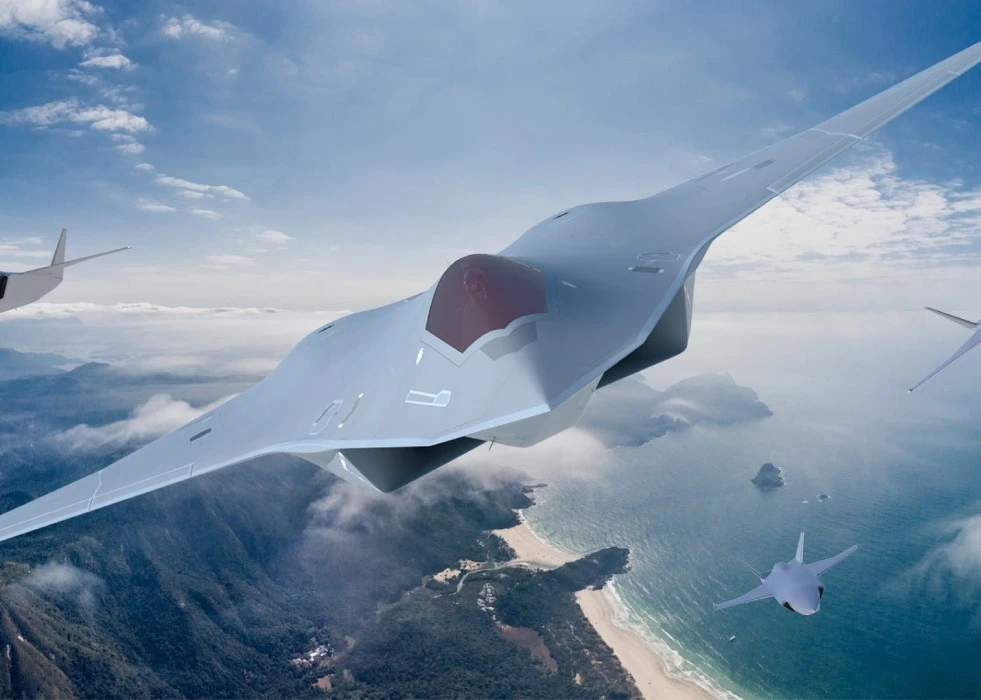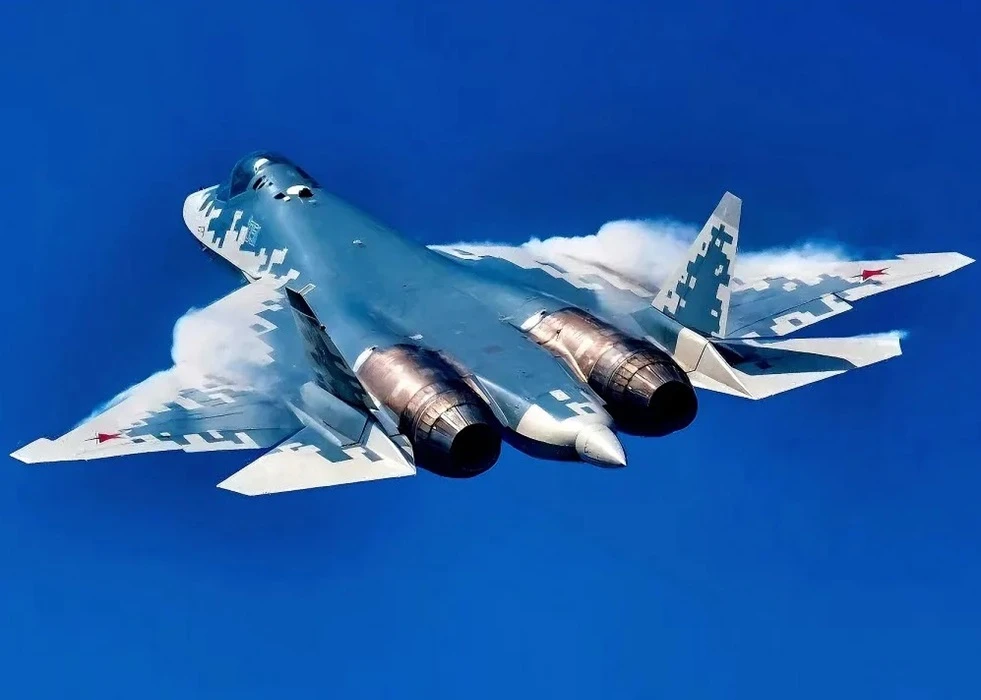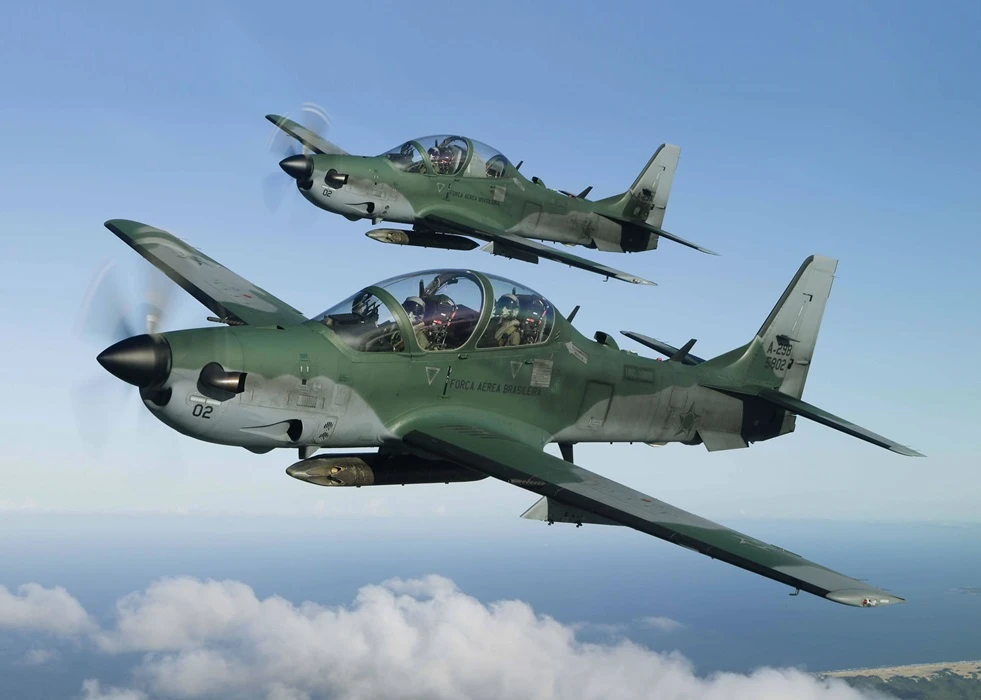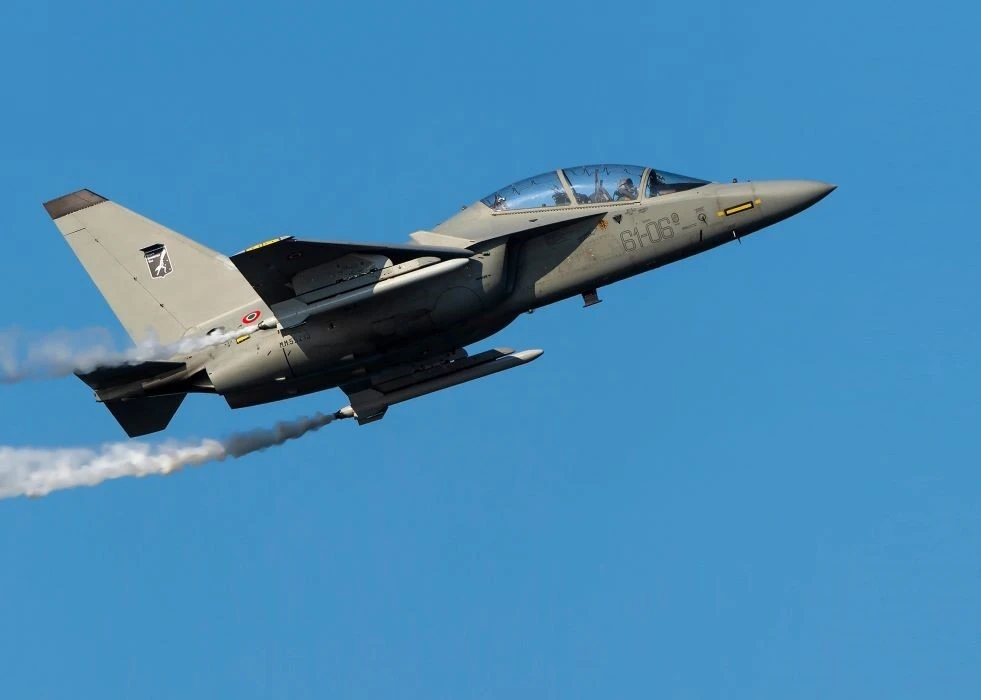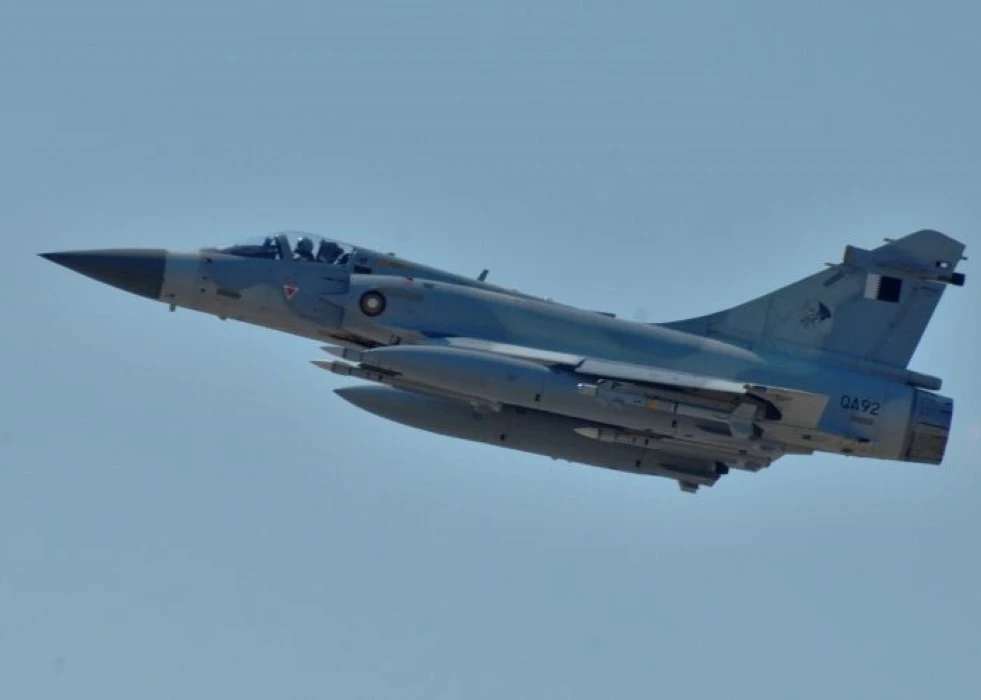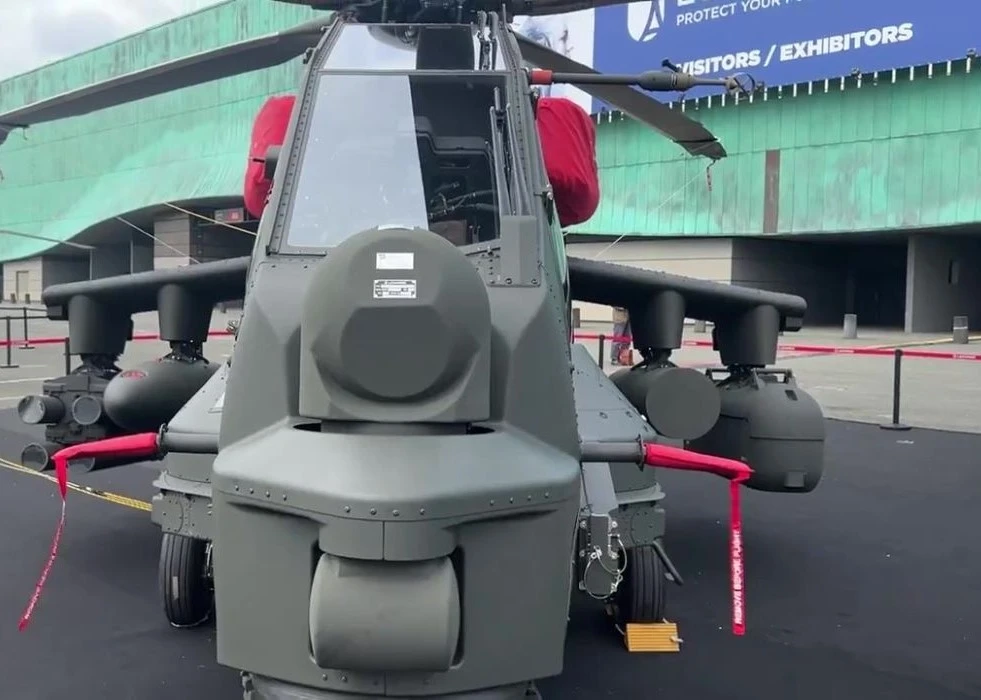The U.S. Air Force top officials’ recent statements regarding the stance on NGAD’s next-generation fighter programme hint at a lack of sureness. The situation is solidified further by the Chief of the USAF, General David Allvin’s statement: “Just to be clear, the deliberations are still underway. There’s been no decision made. We’re looking at a lot of very difficult options that we have to consider.” as reported by Defense One. The hesitance on NGAD can be regarded as stemming from budgetary, geopolitical, and technical reasons.
The increasing tensions in the Pacific region and expectations of a conflict with China have pushed U.S. officials to expand their presence and pour resources into what can be achieved in the shortest time. All of these somewhat cut from the potential investments in the NGAD programme as the goals aren’t short-term but at least medium-term. Additionally, the approach of the next-generation fighters has changed from the direct superiority of one fighter against another. In the last few years, with the introduction of the UAVs into the combatant wing, the views changed to adopt a distributed force concept that involves the firepower of fighter jets being boosted by accompanying UAVs.
The USAF adopted this view and announced its plans to pour billions of dollars into the Collaborative Combat Aircraft (CCA) programme to acquire loyal wingmen who can work alongside manned fighters.
Difficulties in the F-35 programme, including cost deviations and delays, also contribute to the uncertain stance on NGAD. Some analysts believe that NGAD might end up having the same problems as the F-35 and possibly on a worse scale.
In summary, both the urgencies and risks from today might negatively impact the calendar of the NGAD programme.


